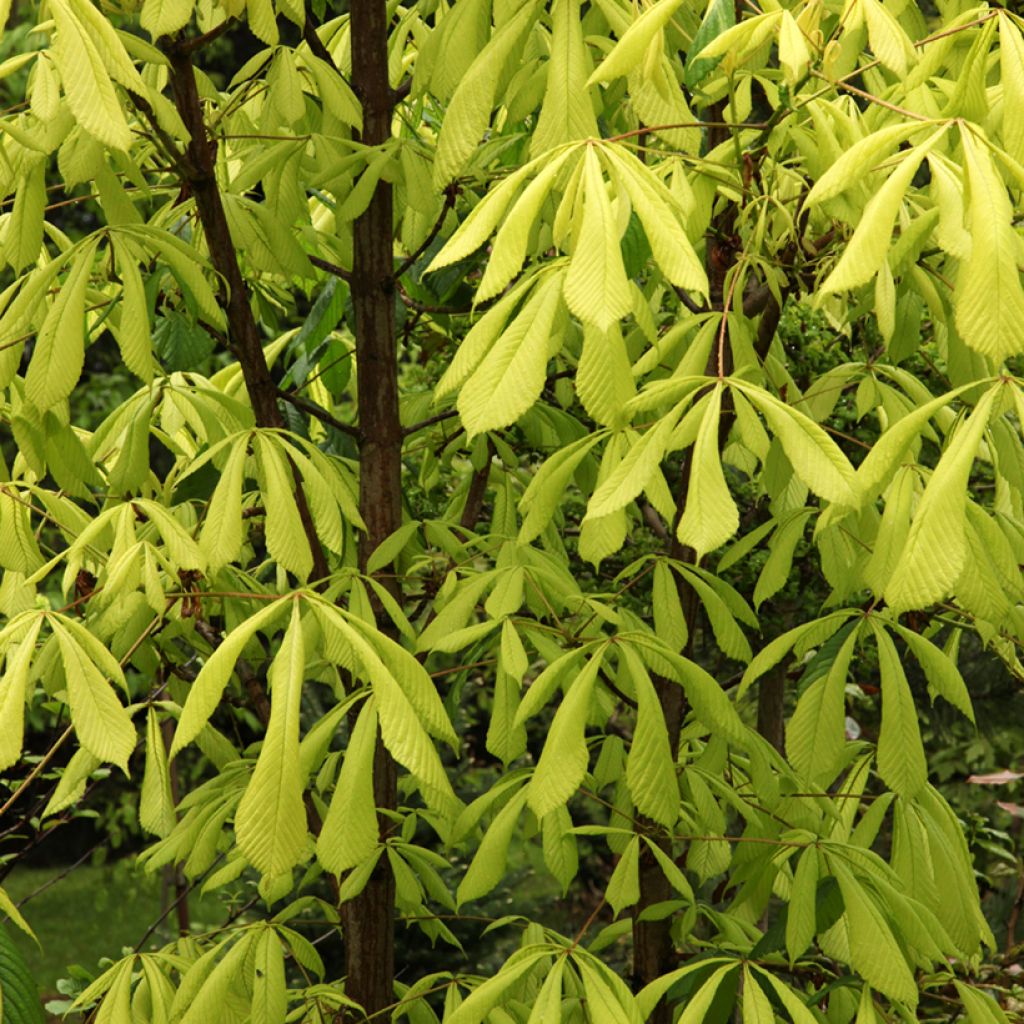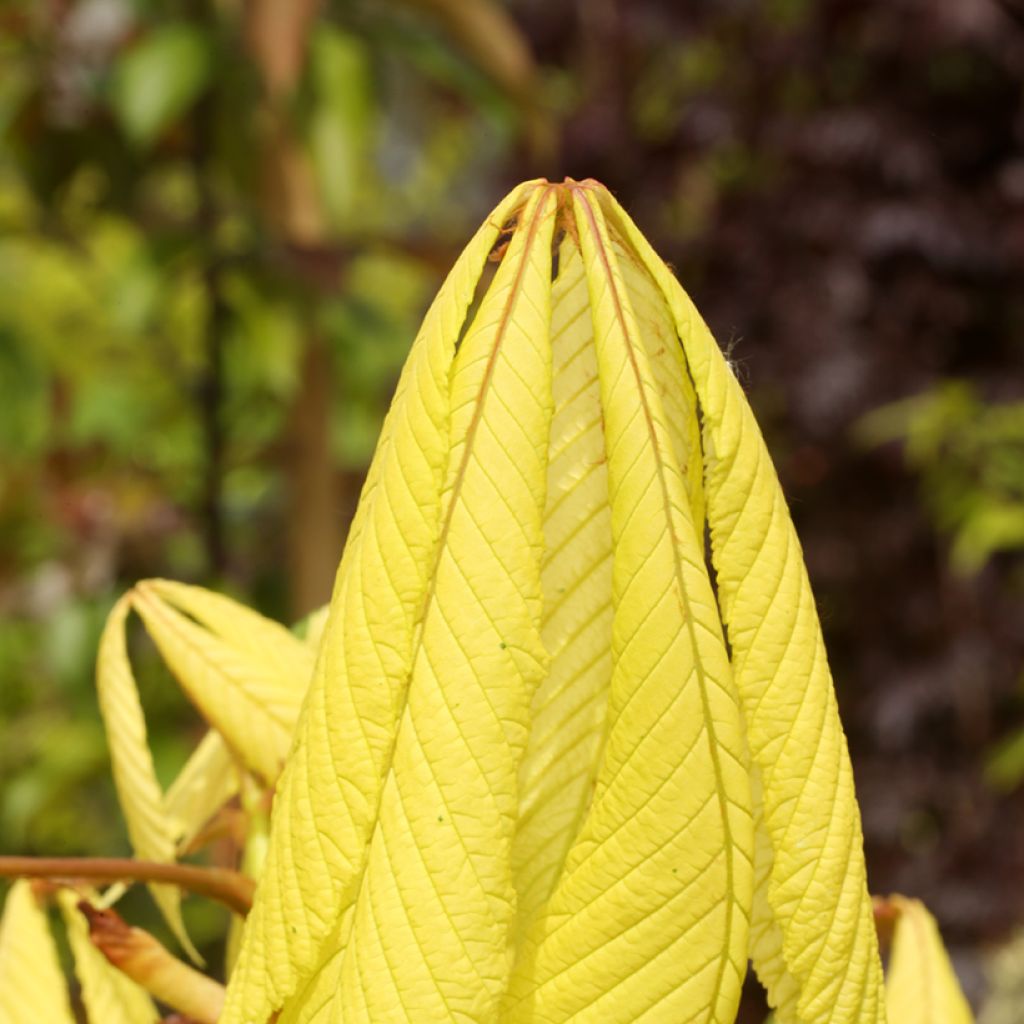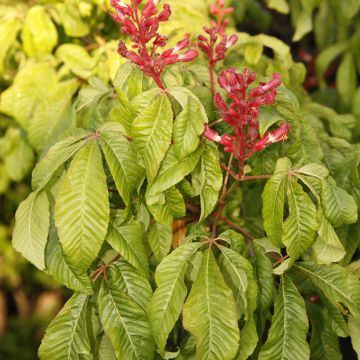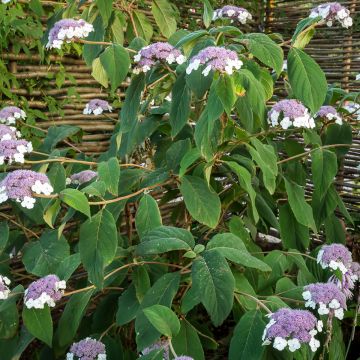

Aesculus hippocastanum Hampton Court Gold


Aesculus hippocastanum Hampton Court Gold


Aesculus hippocastanum Hampton Court Gold
Aesculus hippocastanum Hampton Court Gold
Aesculus hippocastanum Hampton Court Gold
Horse Chestnut, Conker Tree
Special offer!
Receive a €20 voucher for any order over €90 (excluding delivery costs, credit notes, and plastic-free options)!
1- Add your favorite plants to your cart.
2- Once you have reached €90, confirm your order (you can even choose the delivery date!).
3- As soon as your order is shipped, you will receive an email containing your voucher code, valid for 3 months (90 days).
Your voucher is unique and can only be used once, for any order with a minimum value of €20, excluding delivery costs.
Can be combined with other current offers, non-divisible and non-refundable.
Home or relay delivery (depending on size and destination)
Schedule delivery date,
and select date in basket
This plant carries a 24 months recovery warranty
More information
We guarantee the quality of our plants for a full growing cycle, and will replace at our expense any plant that fails to recover under normal climatic and planting conditions.
Would this plant suit my garden?
Set up your Plantfit profile →
Description
The Aesculus hippocastanum 'Hampton Court Gold' is a variety of common horse chestnut tree whose leaves emerge as a tender yellow in spring, turn yellowish-green in summer, and then golden yellow in autumn. The tree produces white flowers tinged with yellow, arranged in upright panicles, followed by spiky fruits containing large, shiny brown seeds called "chestnuts". Smaller than the classic horse chestnut tree, this deciduous tree is still reserved for ornamental use in parks and large gardens.
The Aesculus hippocastanum 'Hampton Court Gold' is a horticultural selection. Although its name suggests a connection to the famous palace and gardens of Hampton Court in England, it is unclear whether this cultivar was discovered or selected there. It is a deciduous tree belonging to the Sapindaceae family, formerly known as the Hippocastanaceae family. The species, contrary to its common name of "horse chestnut tree," is native to Macedonia, including northern Greece, Albania, and southern Bulgaria. It is a forest species. In the wild, the common horse chestnut tree can reach a height of 25m with a spread of 15 to 20m.
The 'Hampton Court Gold' horse chestnut tree forms a trunk topped with a wide, rounded crown. Its trunk and branches are covered with a brown to reddish bark, initially smooth, becoming grey and fissured with age. A 25-year-old specimen will reach a height of 10 to 12m, with a crown spread of 6 to 8m. The deciduous foliage emerges in spring and falls in autumn. Large reddish buds covered with shiny resin can be seen on the branches in winter. The foliage consists of large leaves divided into 5 to 7 rounded, dentate leaflets, light yellow in spring, turning light green in summer. Flowering occurs in May-June on already leafed branches. It takes the form of upright, pyramidal clusters called thyrses, 20cm long, composed of numerous small flowers, 1cm wide, with prominent stamens, melliferous and nectariferous. Their corolla is white with a yellow spot at the base. After pollination by insects, the characteristic fruits of the horse chestnut tree appear as spiky husks containing brown seeds, commonly known as "chestnuts".
The 'Hampton Court Gold' horse chestnut tree is perfect for creating remarkable focal points in parks and large gardens. Planting it as a solitary specimen highlights its silhouette and flowering, while its golden foliage illuminates groves and hedges. Pair it with trees with purple foliage, such as the Dawyck Purple beech (Fagus sylvatica), columnar in shape, or the Crimson King maple (Acer platanoides).
Report an error about the product description
Aesculus hippocastanum Hampton Court Gold in pictures


Plant habit
Flowering
Foliage
Botanical data
Aesculus
hippocastanum
Hampton Court Gold
Sapindaceae
Horse Chestnut, Conker Tree
Cultivar or hybrid
Other Aesculus - Horse Chestnut
View all →Planting and care
The 'Hampton Court Gold' Horse Chestnut is planted in spring or autumn in ordinary but deep soil, preferably quite rich, slightly acidic, neutral or slightly chalky. Install it in a sunny or semi-shaded position in a well-cleared location so that it can be seen. Water and mulch to keep the soil cool for the young plants. Once well rooted, it will be satisfied with rainwater. In very dry and hot regions, the horse chestnut loses its leaves prematurely, and the sun often burns its leaves. This does not prevent it from living for many years. To limit attacks from pests (rarely fatal), collect the leaves in autumn and eliminate them. Trapping male butterflies using a sexual pheromone (funnel traps) limits the attacks.
Planting period
Intended location
Care
This item has not been reviewed yet - be the first to leave a review about it.
Similar products
Haven't found what you were looking for?
Hardiness is the lowest winter temperature a plant can endure without suffering serious damage or even dying. However, hardiness is affected by location (a sheltered area, such as a patio), protection (winter cover) and soil type (hardiness is improved by well-drained soil).

Photo Sharing Terms & Conditions
In order to encourage gardeners to interact and share their experiences, Promesse de fleurs offers various media enabling content to be uploaded onto its Site - in particular via the ‘Photo sharing’ module.
The User agrees to refrain from:
- Posting any content that is illegal, prejudicial, insulting, racist, inciteful to hatred, revisionist, contrary to public decency, that infringes on privacy or on the privacy rights of third parties, in particular the publicity rights of persons and goods, intellectual property rights, or the right to privacy.
- Submitting content on behalf of a third party;
- Impersonate the identity of a third party and/or publish any personal information about a third party;
In general, the User undertakes to refrain from any unethical behaviour.
All Content (in particular text, comments, files, images, photos, videos, creative works, etc.), which may be subject to property or intellectual property rights, image or other private rights, shall remain the property of the User, subject to the limited rights granted by the terms of the licence granted by Promesse de fleurs as stated below. Users are at liberty to publish or not to publish such Content on the Site, notably via the ‘Photo Sharing’ facility, and accept that this Content shall be made public and freely accessible, notably on the Internet.
Users further acknowledge, undertake to have ,and guarantee that they hold all necessary rights and permissions to publish such material on the Site, in particular with regard to the legislation in force pertaining to any privacy, property, intellectual property, image, or contractual rights, or rights of any other nature. By publishing such Content on the Site, Users acknowledge accepting full liability as publishers of the Content within the meaning of the law, and grant Promesse de fleurs, free of charge, an inclusive, worldwide licence for the said Content for the entire duration of its publication, including all reproduction, representation, up/downloading, displaying, performing, transmission, and storage rights.
Users also grant permission for their name to be linked to the Content and accept that this link may not always be made available.
By engaging in posting material, Users consent to their Content becoming automatically accessible on the Internet, in particular on other sites and/or blogs and/or web pages of the Promesse de fleurs site, including in particular social pages and the Promesse de fleurs catalogue.
Users may secure the removal of entrusted content free of charge by issuing a simple request via our contact form.
The flowering period indicated on our website applies to countries and regions located in USDA zone 8 (France, the United Kingdom, Ireland, the Netherlands, etc.)
It will vary according to where you live:
- In zones 9 to 10 (Italy, Spain, Greece, etc.), flowering will occur about 2 to 4 weeks earlier.
- In zones 6 to 7 (Germany, Poland, Slovenia, and lower mountainous regions), flowering will be delayed by 2 to 3 weeks.
- In zone 5 (Central Europe, Scandinavia), blooming will be delayed by 3 to 5 weeks.
In temperate climates, pruning of spring-flowering shrubs (forsythia, spireas, etc.) should be done just after flowering.
Pruning of summer-flowering shrubs (Indian Lilac, Perovskia, etc.) can be done in winter or spring.
In cold regions as well as with frost-sensitive plants, avoid pruning too early when severe frosts may still occur.
The planting period indicated on our website applies to countries and regions located in USDA zone 8 (France, United Kingdom, Ireland, Netherlands).
It will vary according to where you live:
- In Mediterranean zones (Marseille, Madrid, Milan, etc.), autumn and winter are the best planting periods.
- In continental zones (Strasbourg, Munich, Vienna, etc.), delay planting by 2 to 3 weeks in spring and bring it forward by 2 to 4 weeks in autumn.
- In mountainous regions (the Alps, Pyrenees, Carpathians, etc.), it is best to plant in late spring (May-June) or late summer (August-September).
The harvesting period indicated on our website applies to countries and regions in USDA zone 8 (France, England, Ireland, the Netherlands).
In colder areas (Scandinavia, Poland, Austria...) fruit and vegetable harvests are likely to be delayed by 3-4 weeks.
In warmer areas (Italy, Spain, Greece, etc.), harvesting will probably take place earlier, depending on weather conditions.
The sowing periods indicated on our website apply to countries and regions within USDA Zone 8 (France, UK, Ireland, Netherlands).
In colder areas (Scandinavia, Poland, Austria...), delay any outdoor sowing by 3-4 weeks, or sow under glass.
In warmer climes (Italy, Spain, Greece, etc.), bring outdoor sowing forward by a few weeks.


















































